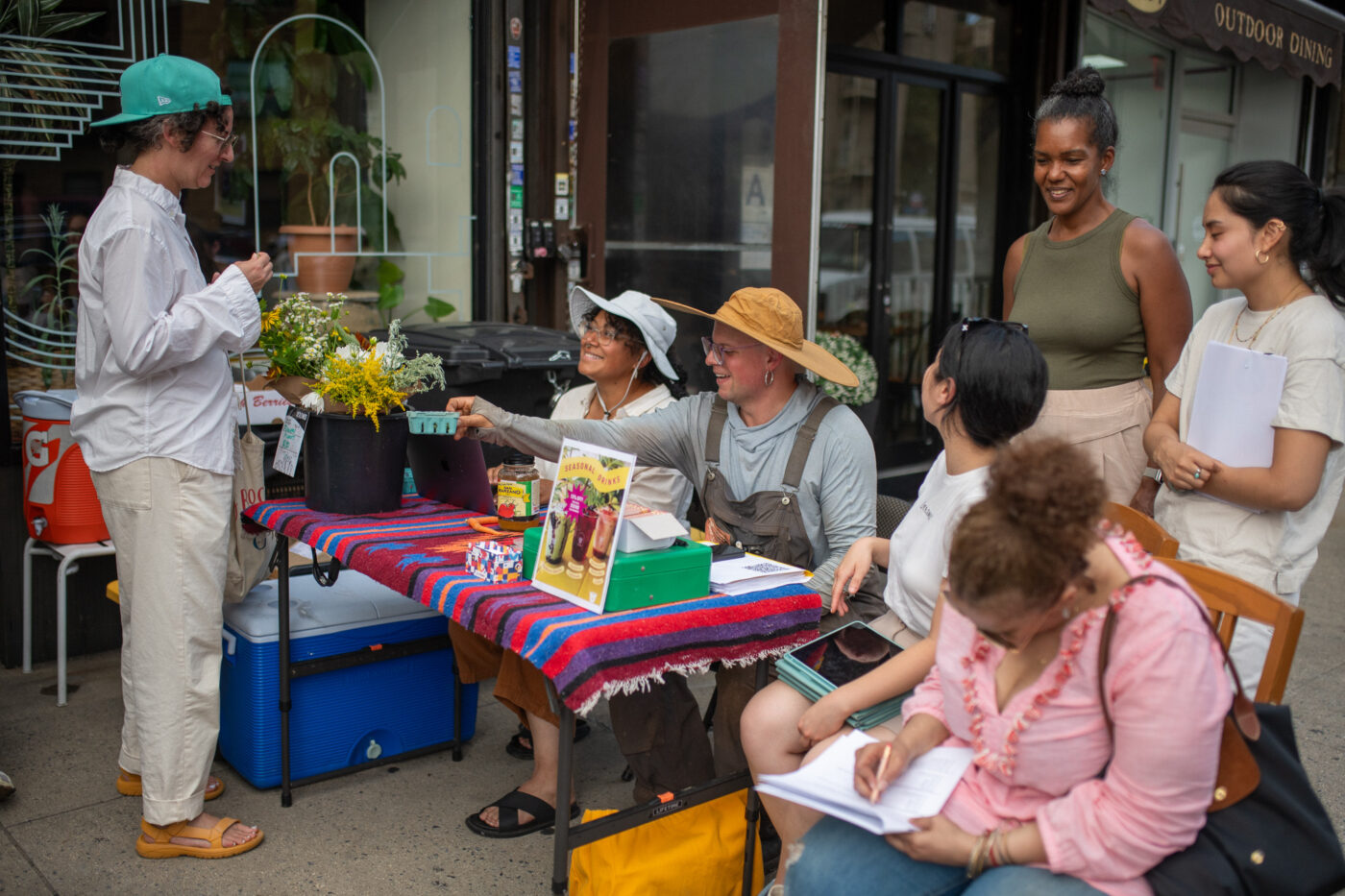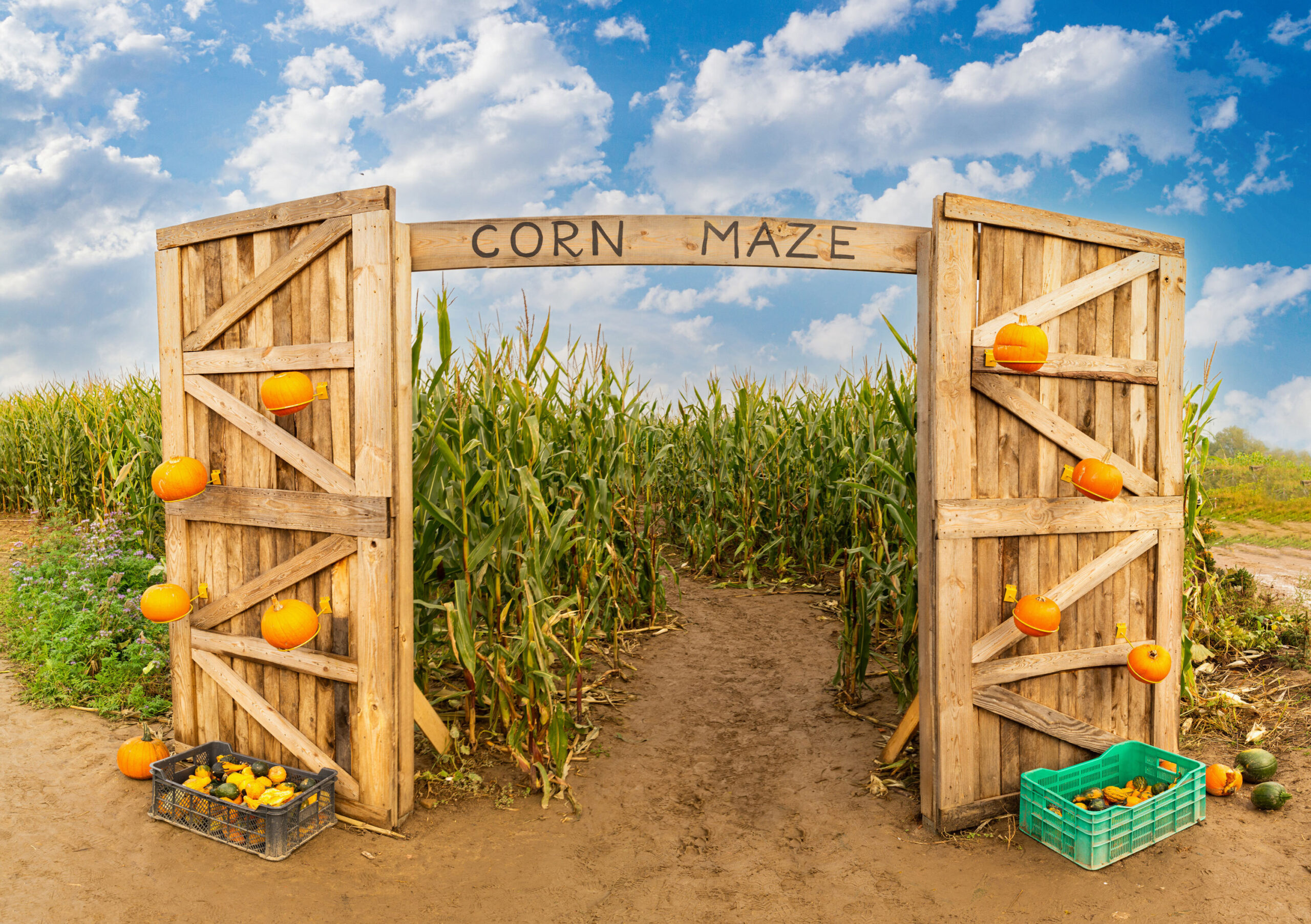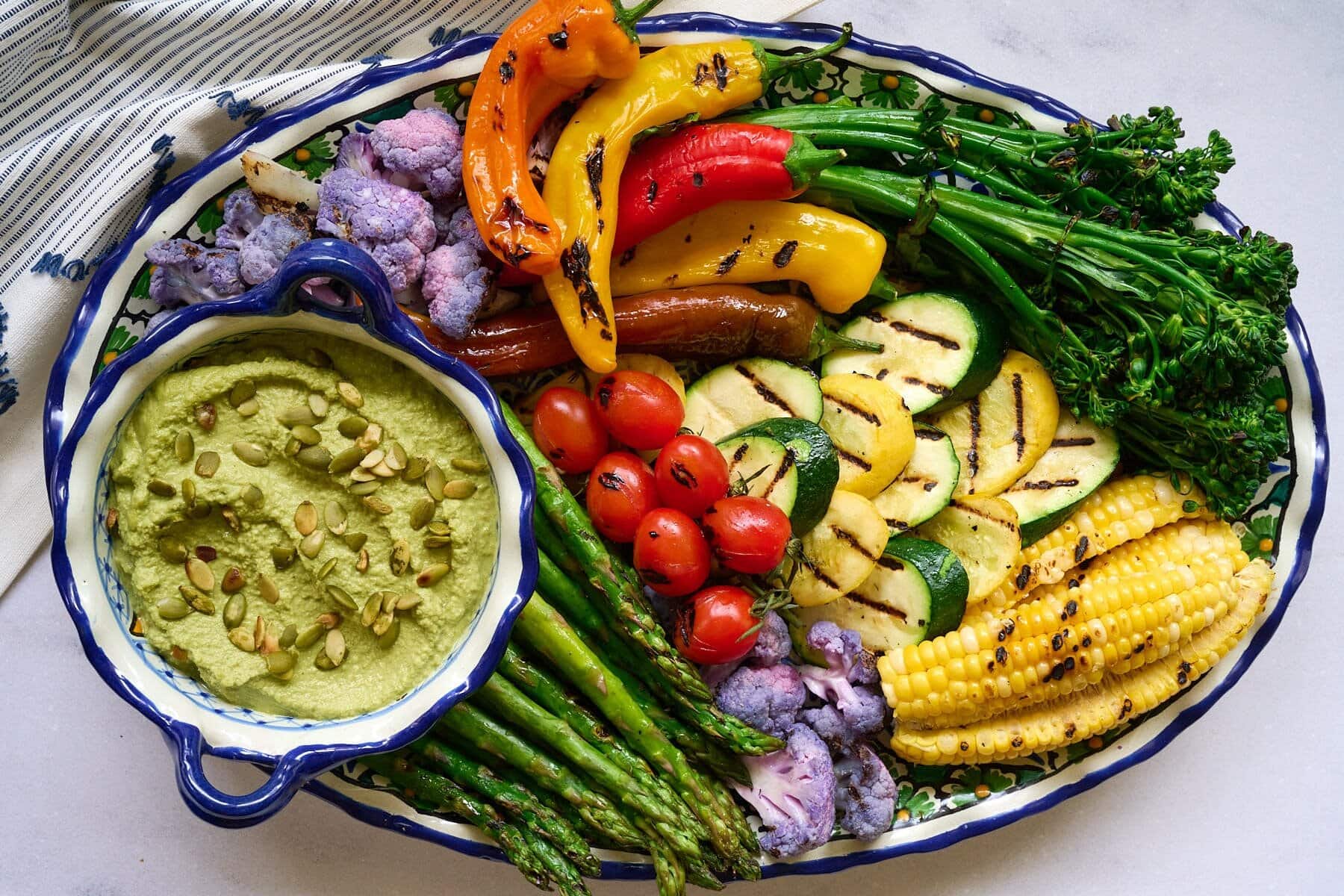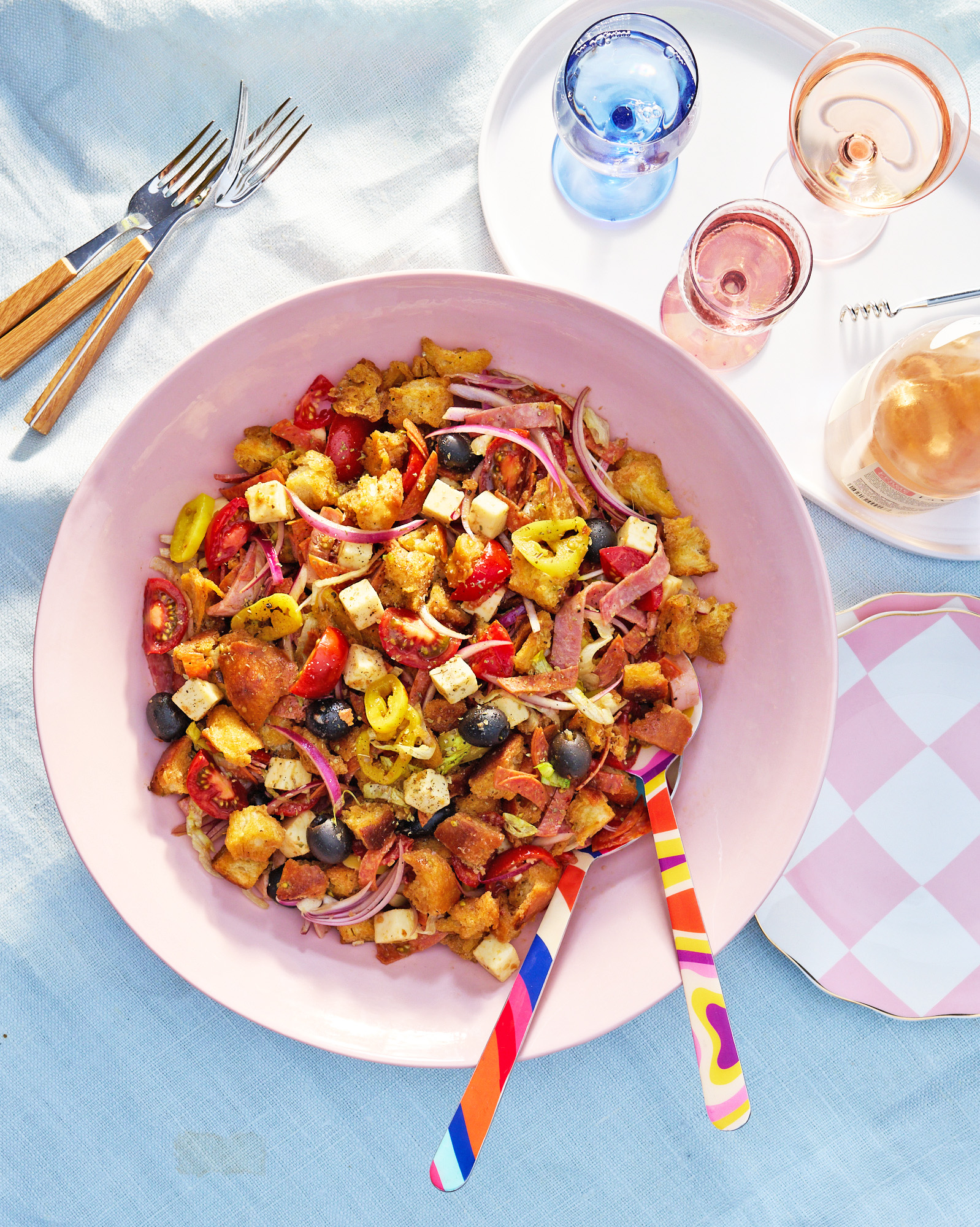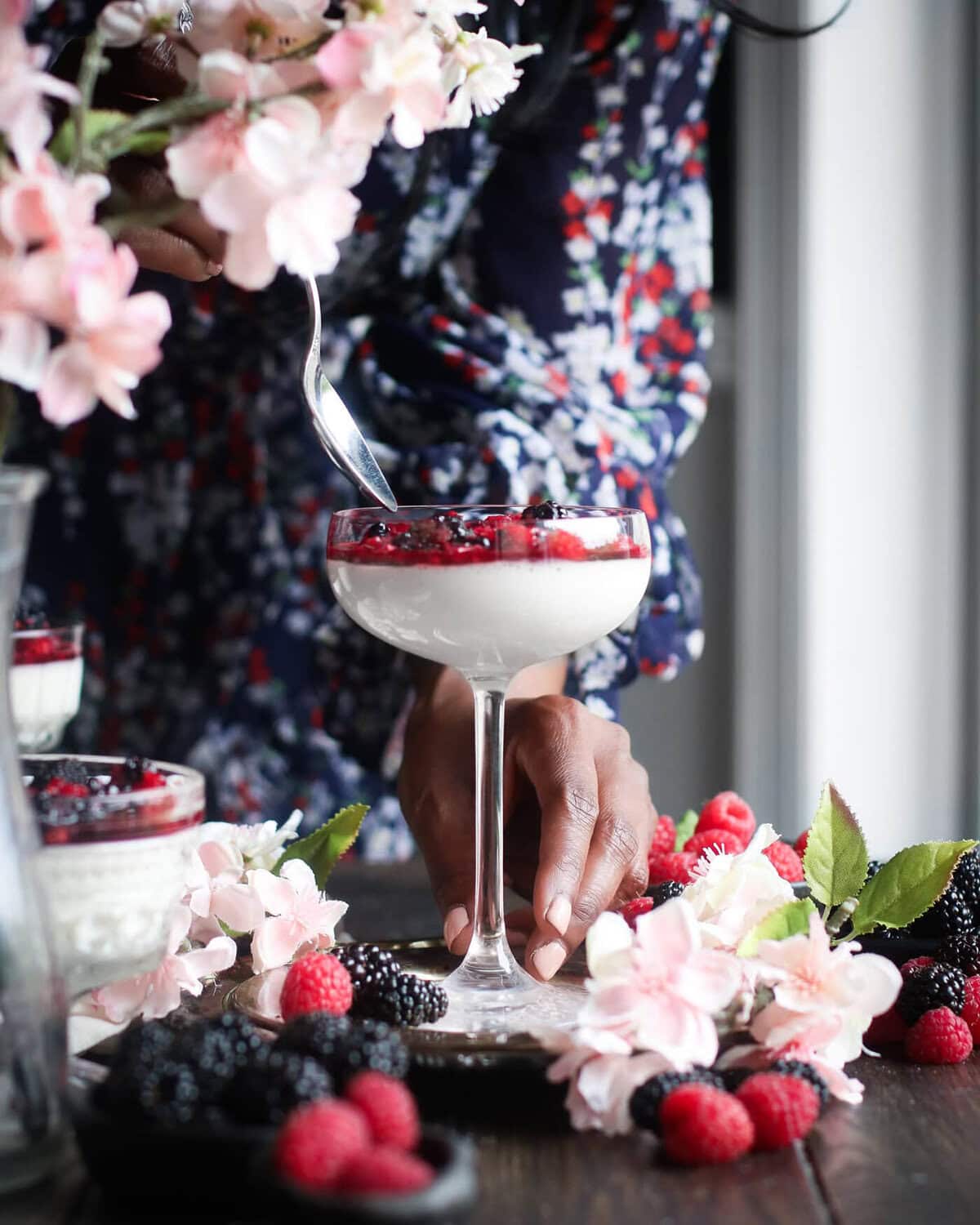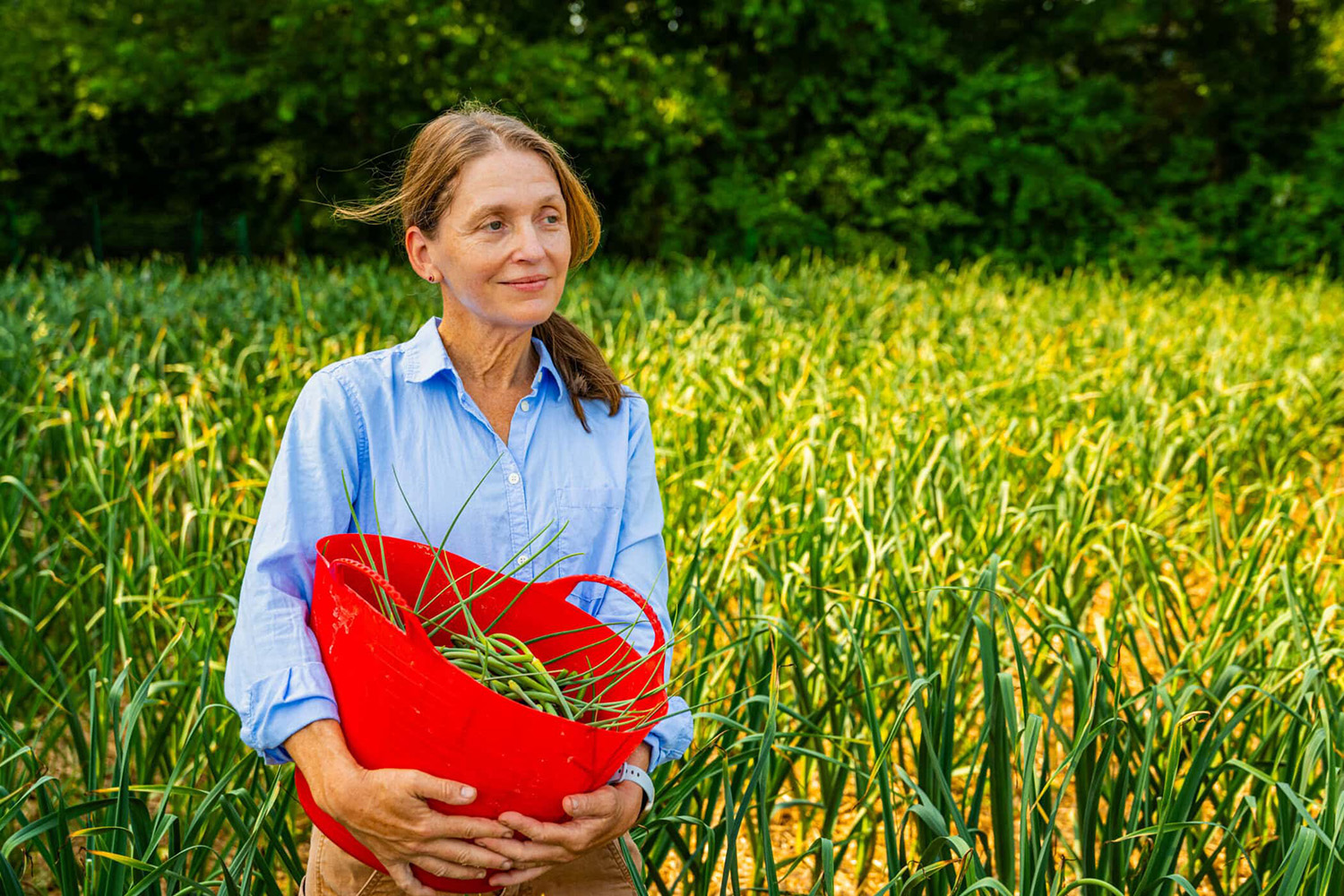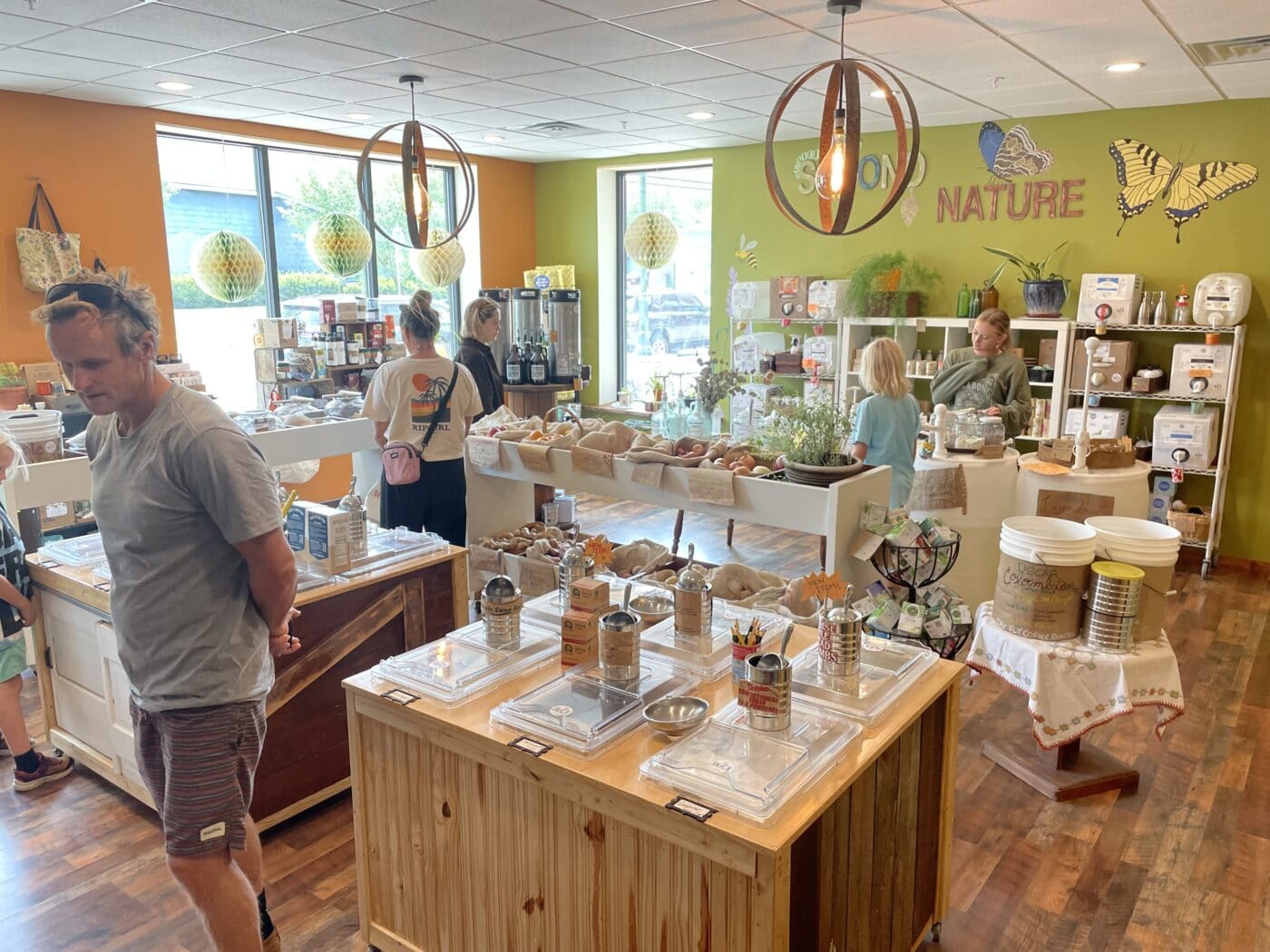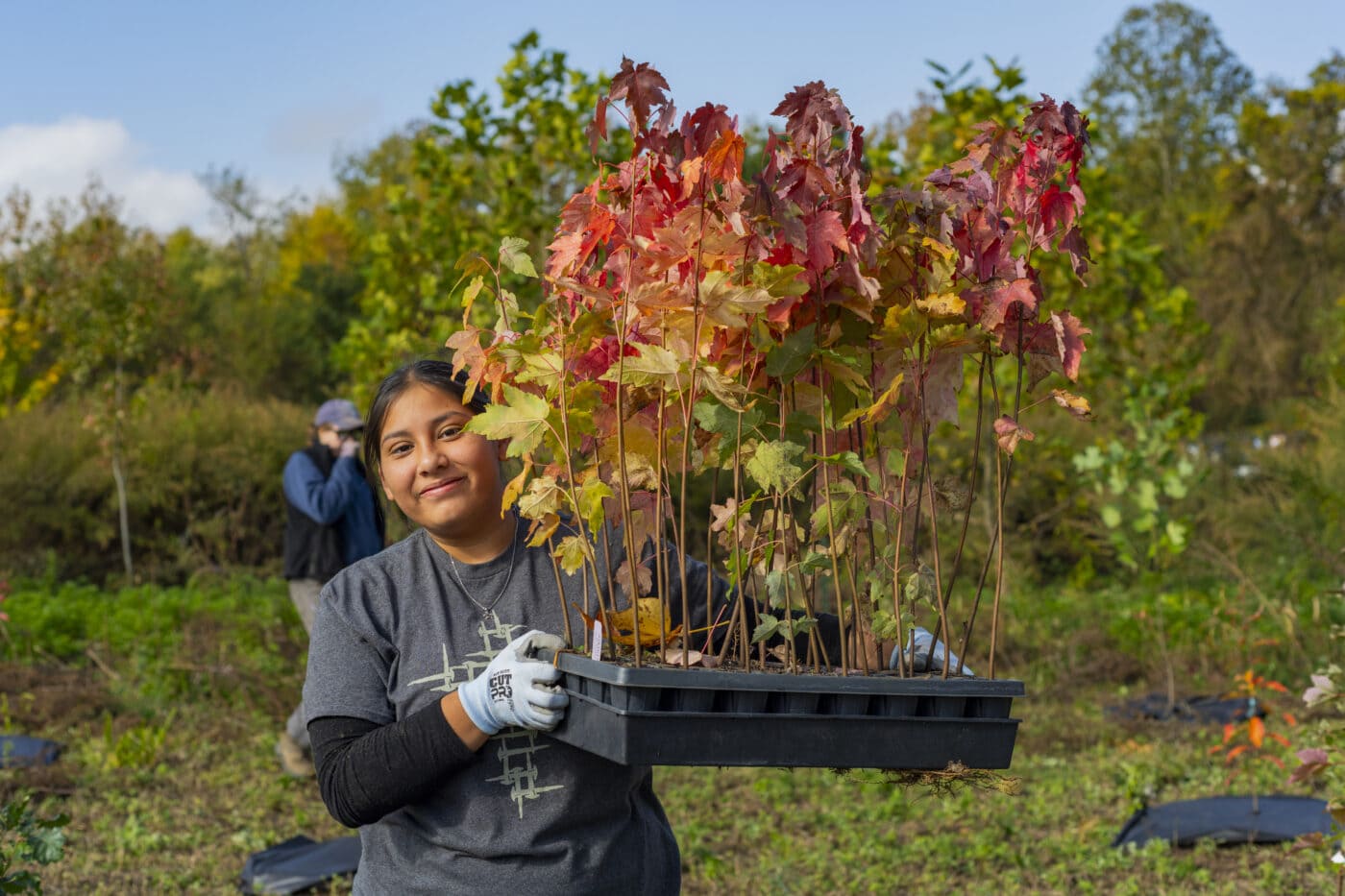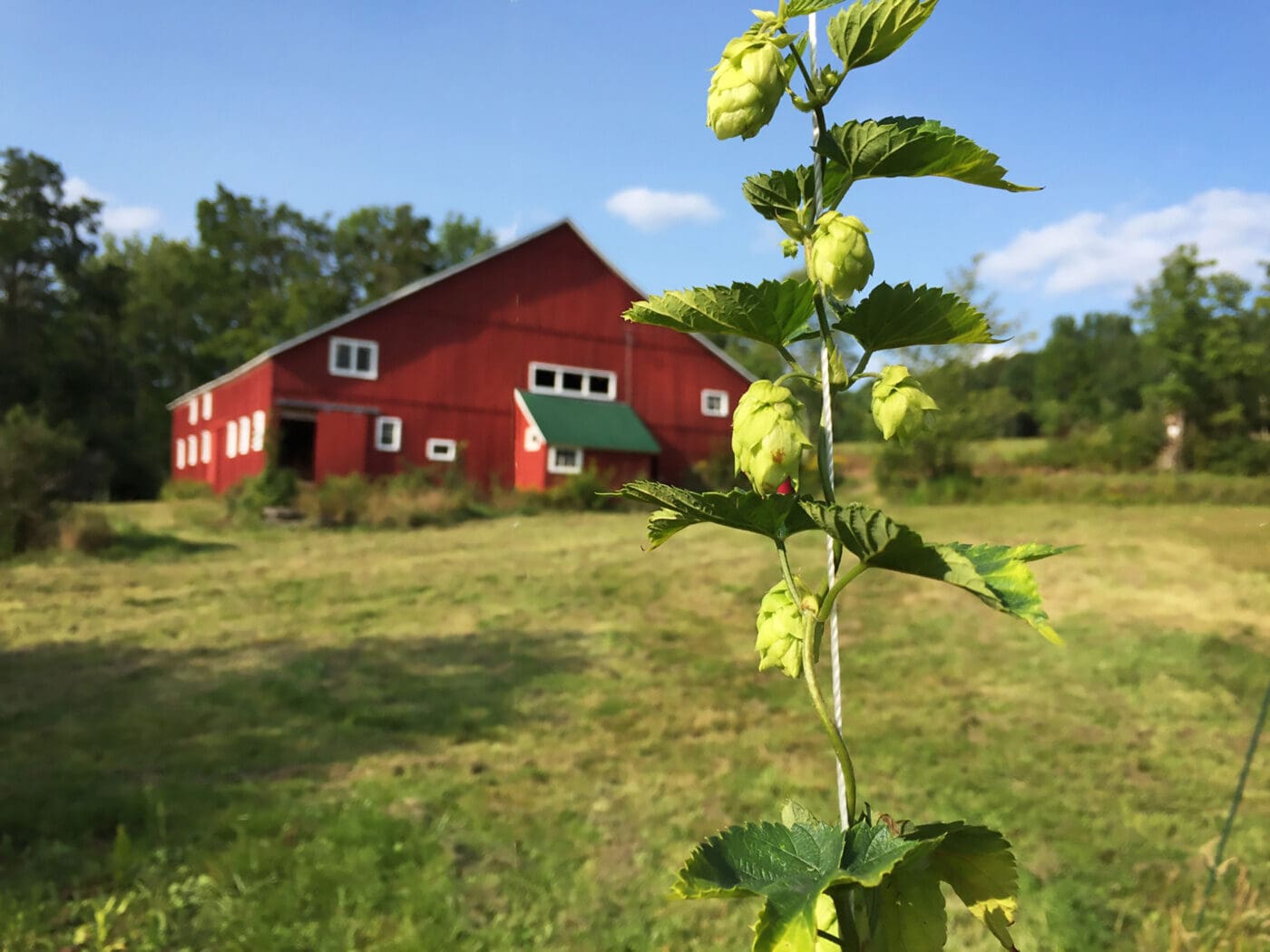“Putting up,” or preserving, some of fall’s best fruits, veggies, and herbs is an ideal way to stretch seasonal flavors beyond the autumn months. It also has practical benefits, according to Christina Chan, farmer and founder of Choy Division, a Chester-based farm specializing in Asian produce. “Preserving helps save any harvest or groceries that you can’t finish when fresh. This in turn helps lower food costs,” explains Chan. Plus, since appearance isn’t important for preservation projects, it allows you to use damaged and imperfect produce, she says. This means it can help reduce food waste, too.
In the Hudson Valley, a number of fall crops preserve well. Examples include tomatoes, peppers, cabbage (such as cannonball, savoy, and Napa), late-season stone fruit like peaches and plums, apples, pears, radishes, turnips, and beets, according to Brenda González and Chris Nickell, farmers and founders of Finca Seremos, a food justice farming project in Callicoon Center. By preserving these crops, you can capture fall’s bounty and save it for a later date. If you’re not sure where to start, here is a brief introduction to some preservation methods you can try at home.
Blanch, Then Freeze
Freezing is a simple way to save produce. “Freezing offers the most flexibility because it carries the least amount of food safety concerns, as long as your freezer consistently keeps temperatures in the 0ºF range,” explains Nickell. Have tomatoes that are about to turn? Freeze them whole, Nickell suggests. Once frozen, you can grate the tomatoes into pasta sauce, on top of burrata or toast, or in yogurt with herbs for a flavorful dip. Or cook produce into a recipe component (think tomato sauce or apple pie filling) and freeze it for the future.
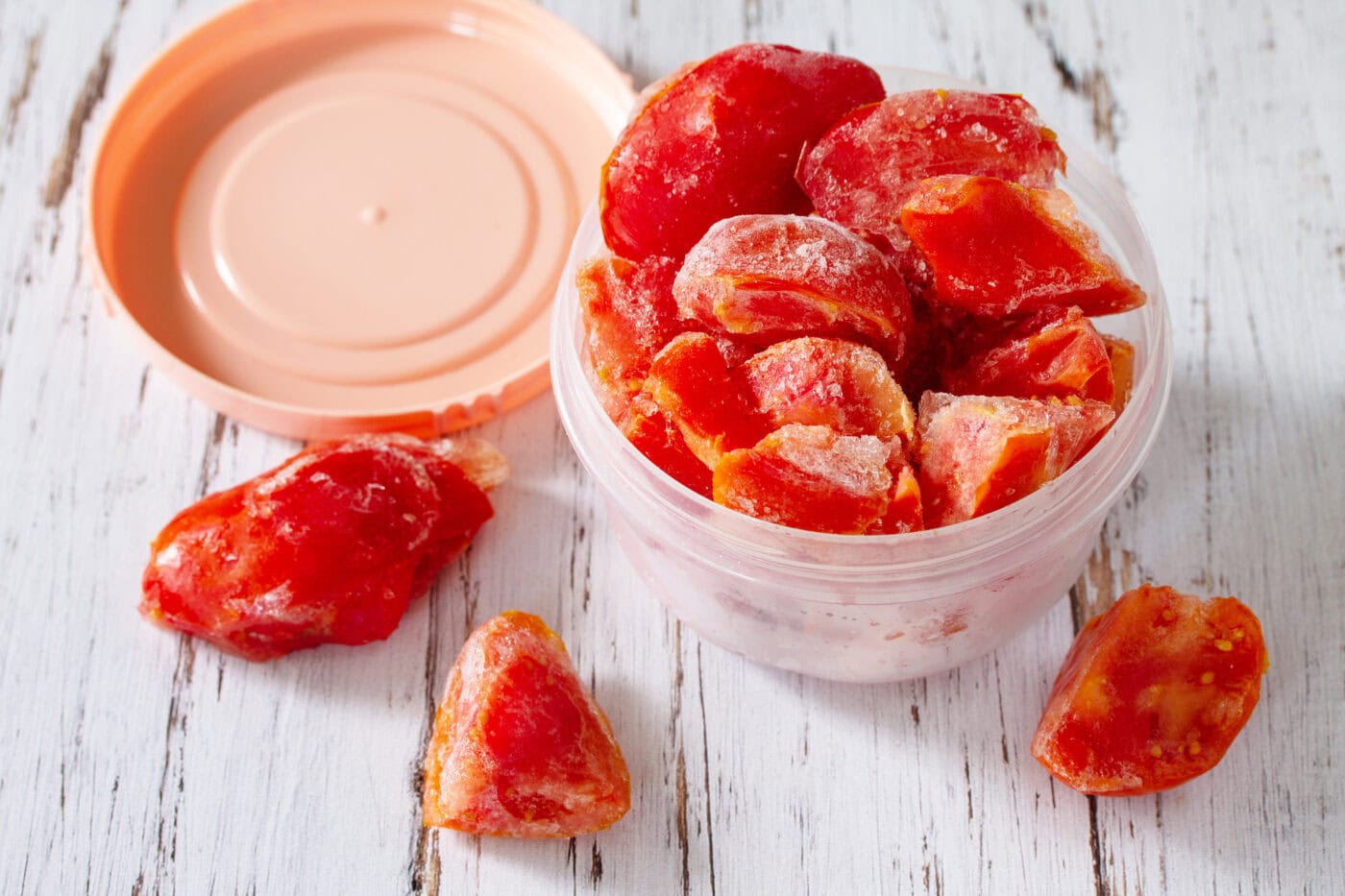
Another option is to prepare and freeze produce in the form you intend to use them, such as slicing peaches for pie or cobbler. Generally, this involves cutting the produce to size, briefly adding it to boiling water (i.e., blanching), then shocking it in ice water, explains Chan. The blanching step preserves the texture, flavor, and color of the produce, while the shocking step stops the cooking process. Next, lay the blanched produce on a sheet tray, freeze, and transfer to a reusable freezer-safe silicone bag.
Rediscover the Root Cellar
A beloved Hudson Valley crop, root vegetables are ideal candidates for long-term storage. They store best in a root cellar — but if you don’t have access to one, you can recreate the environment in the bottom-most produce drawer in your fridge, says González. She recommends placing the produce in a plastic bag with a slightly damp paper towel, which will help maintain high humidity.
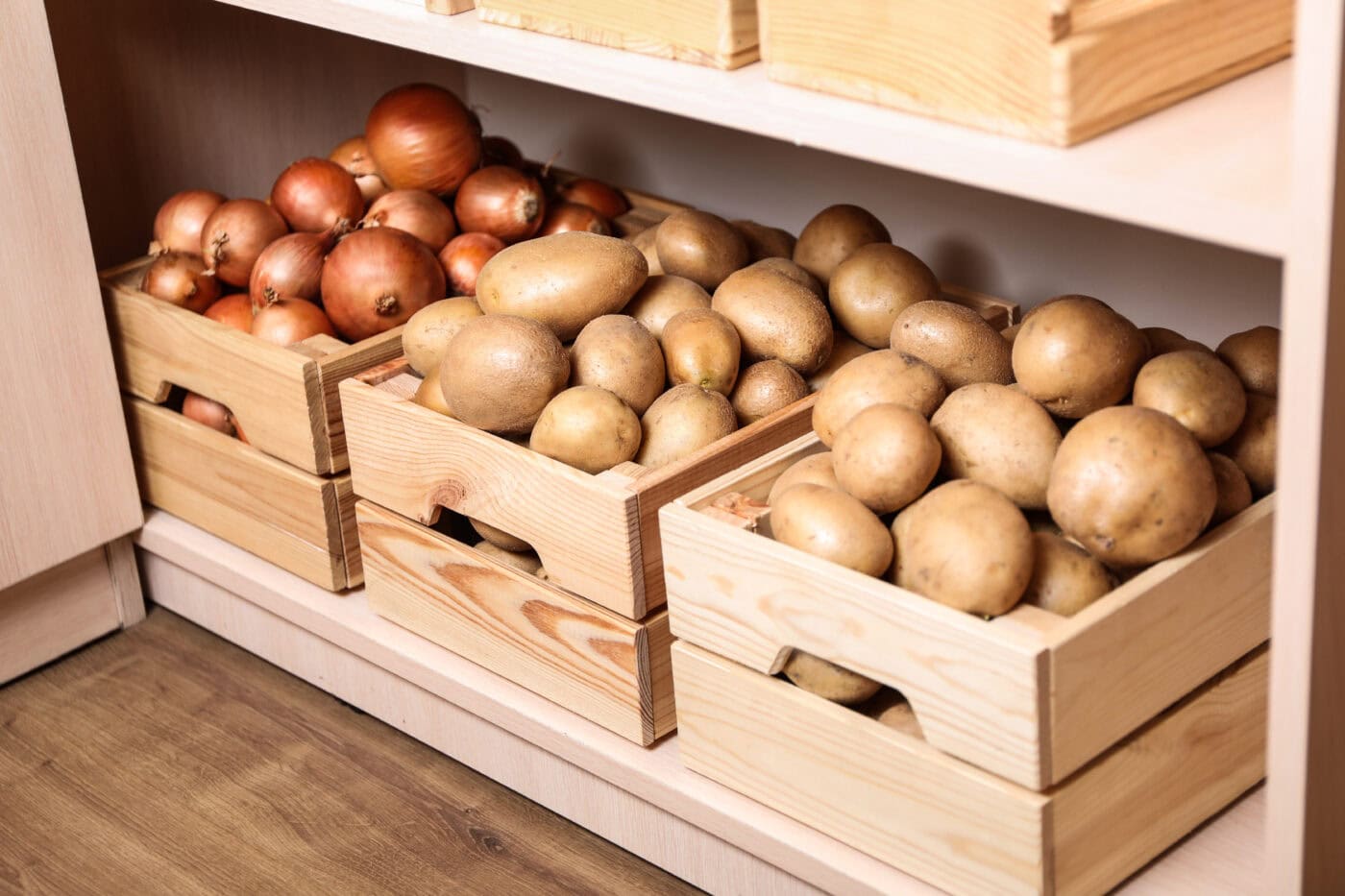
“Carrots, beets, celeriac, radishes, turnips, and kohlrabi will all store well this way,” González says. Remove their leaves if you’d like to keep them for more than a couple weeks.
“Potatoes and onions are best kept outside the fridge and separate from each other in cool, dark, dry places,” González says. Examples include the pantry or a well-ventilated garage. “If cured properly by your farmer, most varieties of both these crops will last into the spring!” González adds.
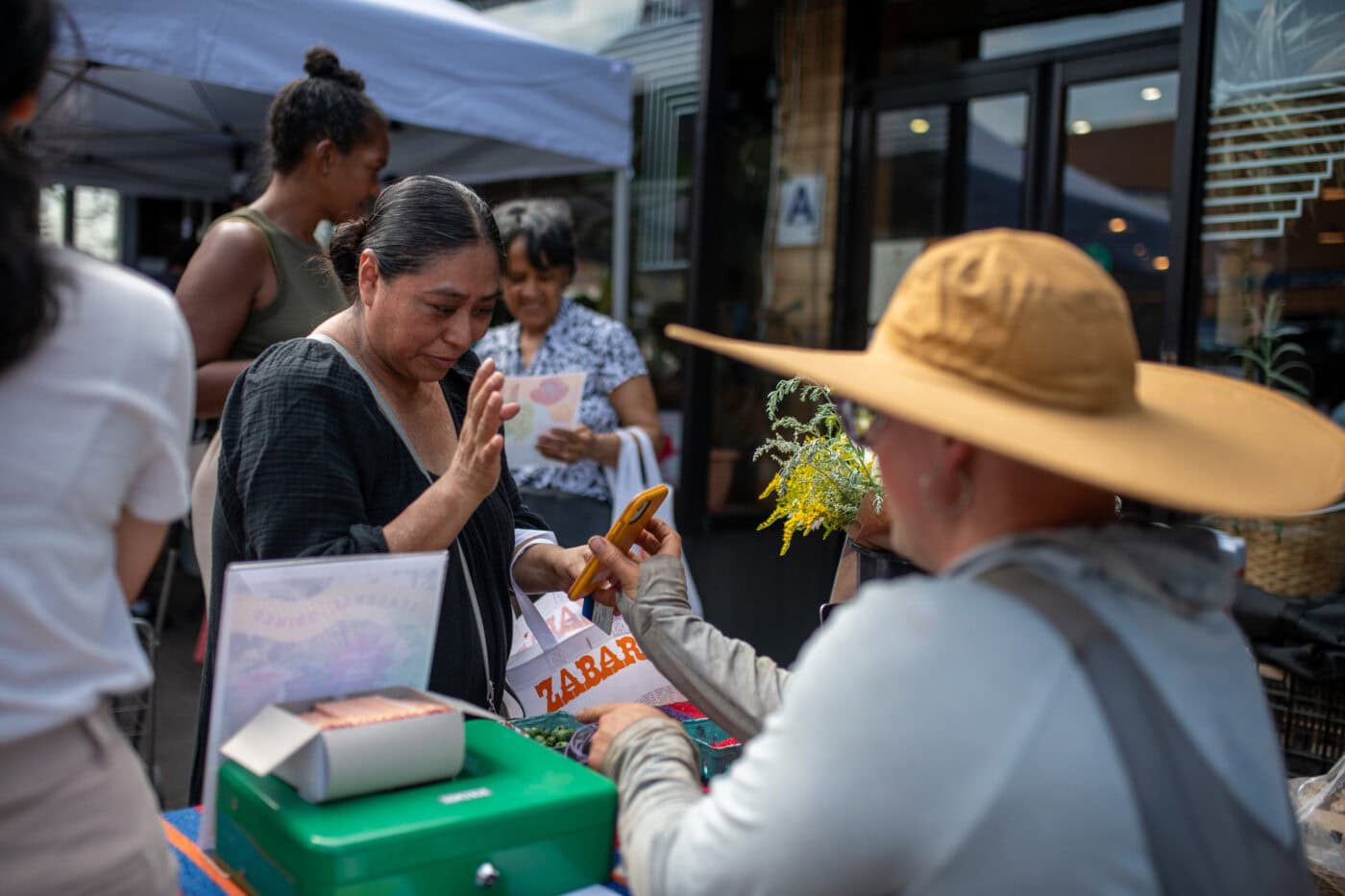
Try Quick-Pickling
Love tangy flavors and crunchy textures? Try quick pickling fall vegetables like carrots, beets, or red onions. The process involves submerging fresh vegetables in an acidic brine and storing them in the refrigerator. The vegetables will absorb the brine, yielding a delicious topping, snack, or side dish.
The brine is made of equal parts water and vinegar, plus one tablespoon of salt per cup of liquid, says Darich Pérez Reyes, founder of Wild Culture Kitchen and a fermenter based in Kingston. White vinegar is a common option, but you’re welcome to use apple cider vinegar or rice vinegar for a slightly different flavor profile. “You can flavor the solution with mustard seed, garlic, chili flakes, and dill,” adds Reyes. Just be sure to keep all the vegetables under the brine, he says.
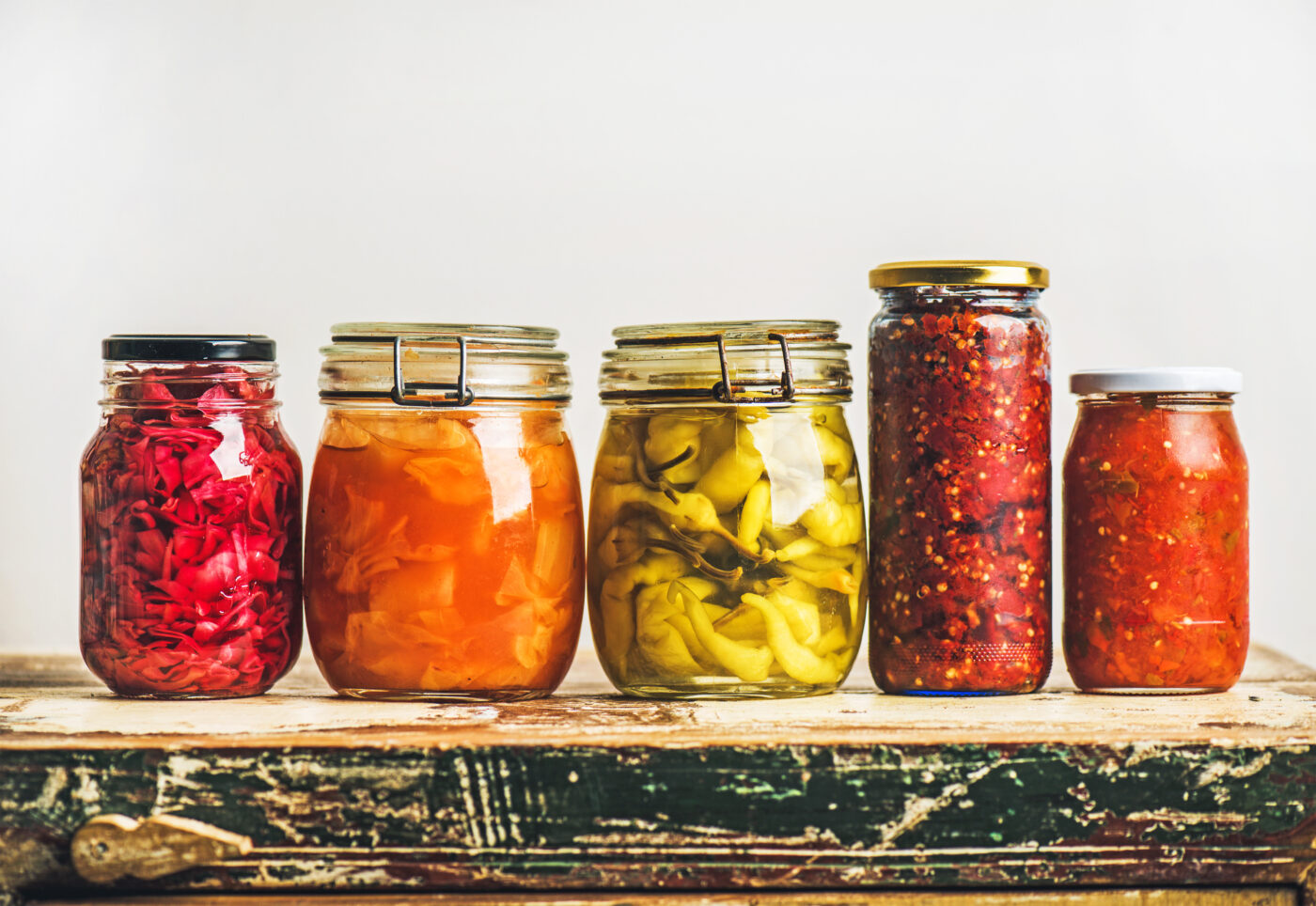
Your quick-pickled vegetables will be ready to eat between several hours to one day later, depending on their cut, says Reyes. They’ll also last for about one month, so long as they’re stored in a clean jar in the fridge.
Stay Dry
Drying is a great option for herbs and many hot peppers, say González and Nickell. It can also be done in an oven at home. For herbs, place them on a parchment-lined baking sheet in a single, even layer. Set your oven to its lowest temperature and place the herbs in the oven.
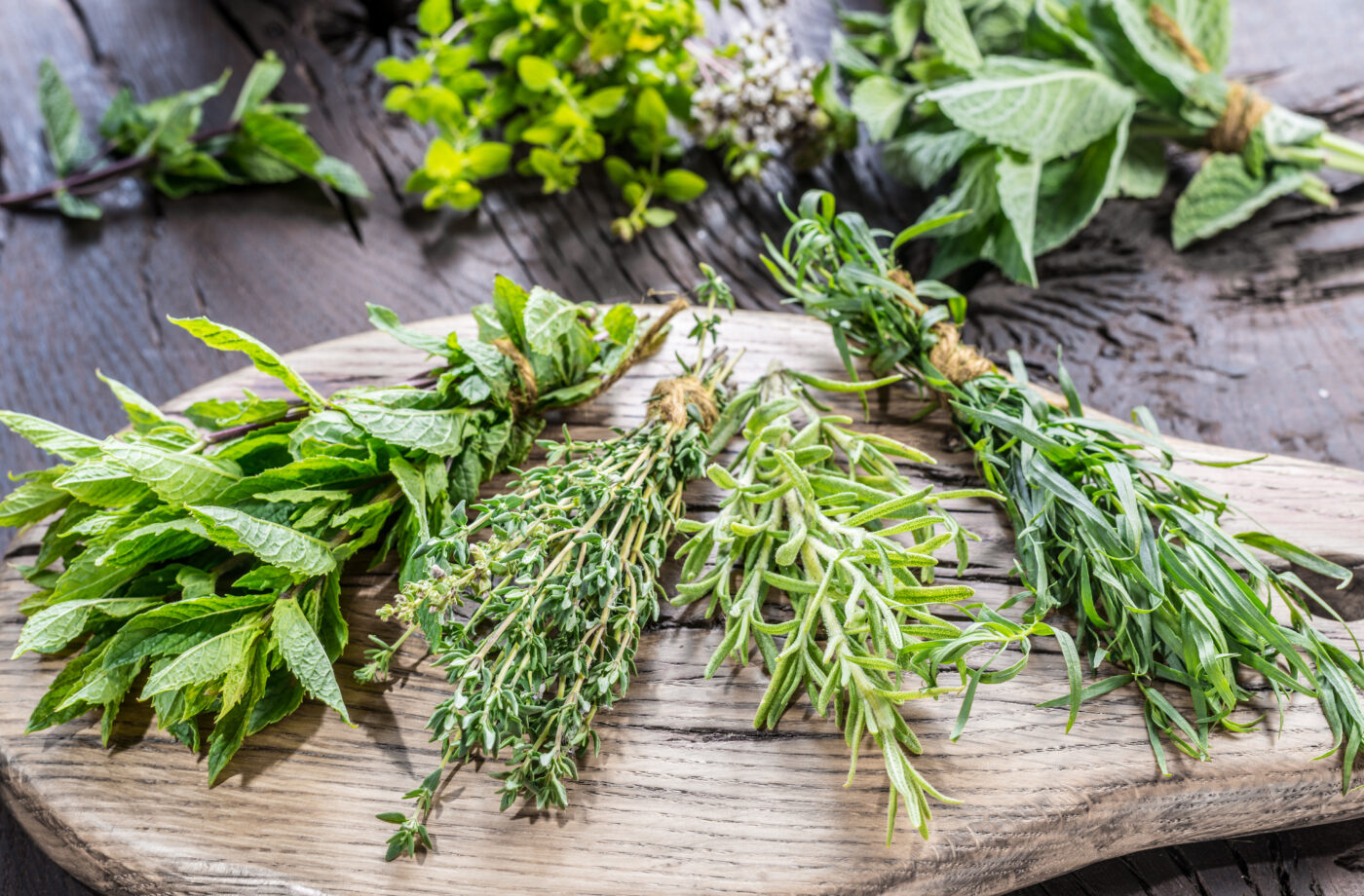
When González and Nickell dry herbs this way, they check the herbs regularly to get a sense for how long each variety needs to dry. “Then we store them in plastic or paper bags, checking them every couple weeks to make sure no additional moisture has built up that might spoil them,” Nickell says. You can store the dried herbs in jars as well.
“Peppers usually need 24+ hours at the lowest oven temperature, and we find our Aleppo peppers dry beautifully,” says Nickell, who is still using their harvest from last year.
Drying is a wonderful option for preserving our region’s iconic apples, too. Slice the apples thinly, remove the seeds, and toss with cinnamon. (You can leave the skin on, as it adds extra fiber.) Bake at about 225°F for three hours or until the slices are dry and crunchy, making sure to flip them once halfway through.
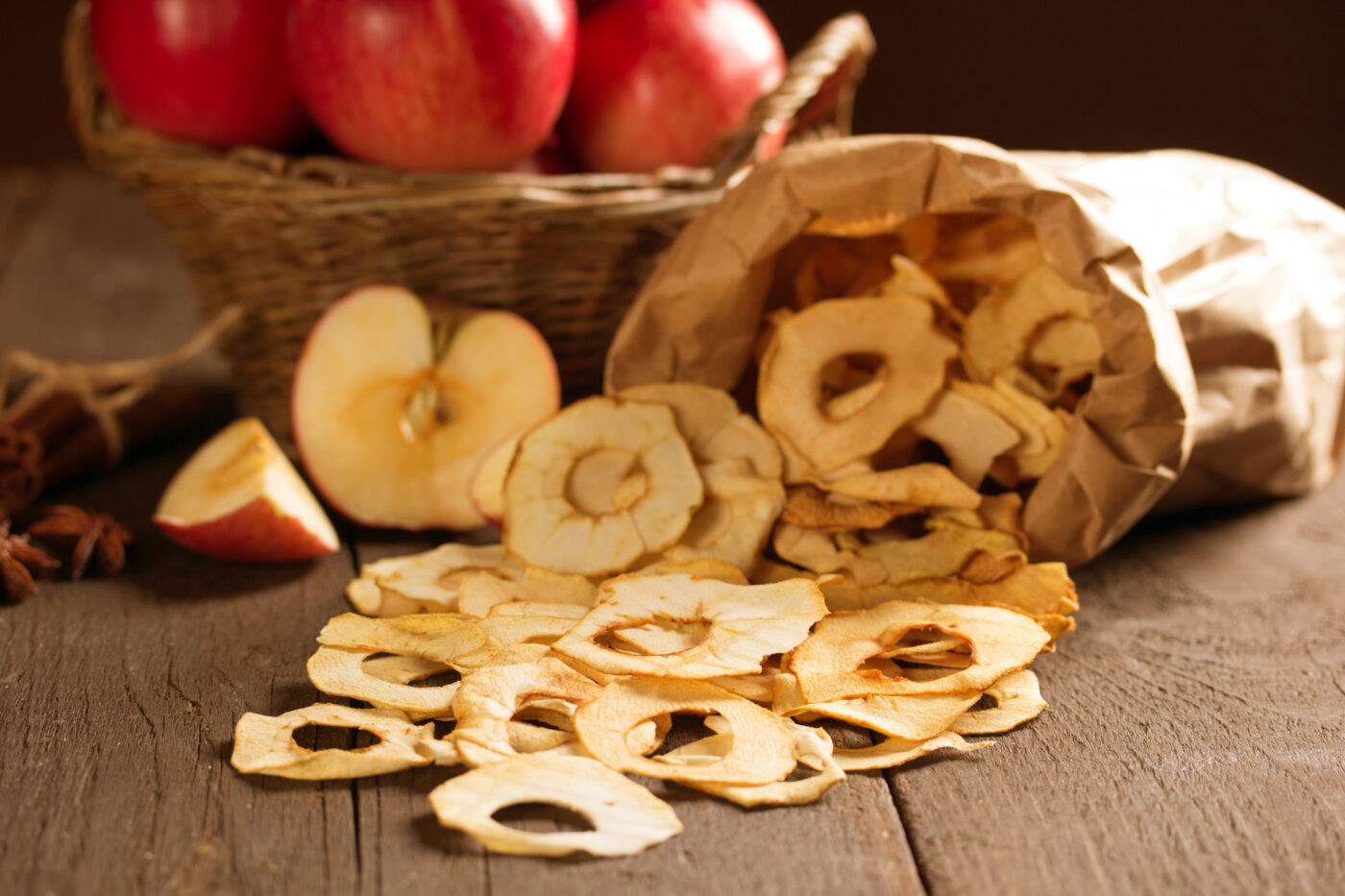
Get Funky
Whereas pickling uses an acidic brine to preserve food, fermentation relies on naturally occurring bacteria. It involves submerging fresh vegetables in non-chlorinated water and salt in a jar. Over time, bacteria from the air and vegetable’s surface break down the produce, creating a wonderfully tangy food and brine. This process, called lactofermentation, preserves the vegetables. It also produces gut-friendly probiotics.
If you’re new to fermentation, Reyes recommends using a jar with an airlock lid. “Since the vegetable is fermenting, it’s going to release gases,” he explains. The airlock lid allows the gases to escape from the jar. At the same time, the lid prevents oxygen and mold-causing microbes from sneaking in. Another tip: “Make sure all the vegetables are submerged under the brine. This will help prevent mold,” says Reyes. You can also add bay leaves and peppercorns for crunchiness and flavoring, he notes.
These methods can be used for both store-bought and farm-grown produce. But as Chan points out, “farm-fresh will definitely be superior in flavor.”

You also don’t need to use every technique to reap the benefits of food preservation. Try a few methods and see which works well for your cooking style and favorite produce. Before long, you’ll be able to savor the best of what fall has to offer, no matter the current season.


